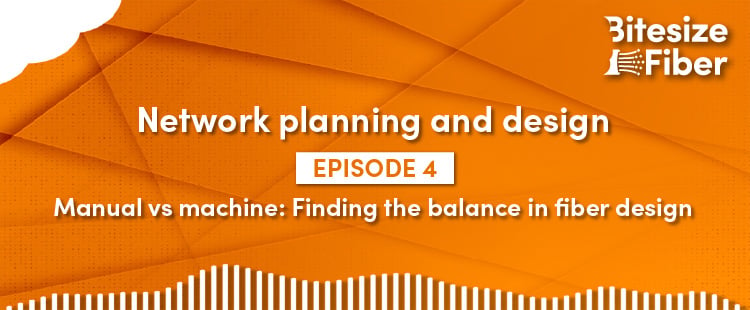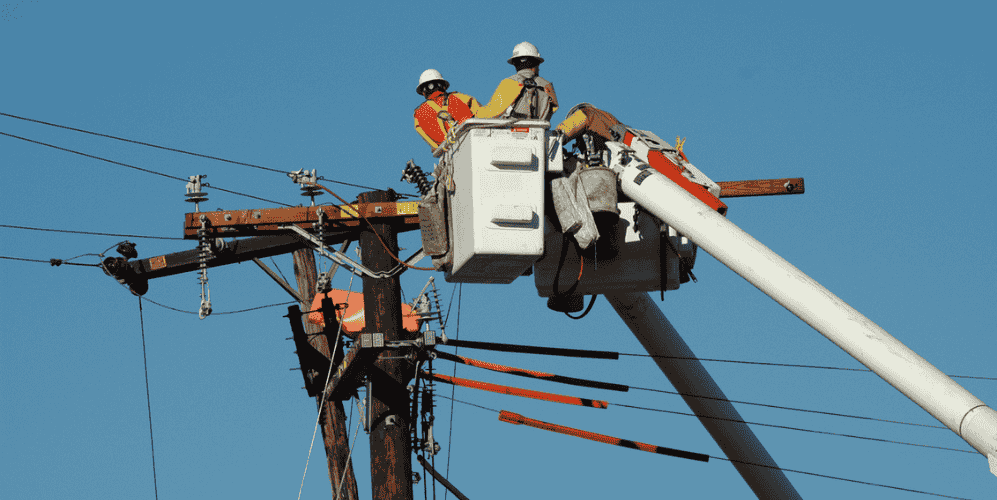The year 2020 has been one of countless changes. Changes which have been happening in the past 10 years have taken a quantum leap in the past 10 months.
Can you believe that last year, many of us flew halfway around the world for a one-day meeting? That remote education, remote first line health advice, or even working from home (or anywhere) seemed like a distant future?
The world has adapted rapidly. Operators worldwide reported overnight increases in bandwidth usage between 20% and 50%. It is our sector which was able to provide the infrastructure, services, flexibility to support this change without any major hiccups.
AI contributing to the future of the telecom industry
The telecom sector was ready for this sudden “fast forward”. Just like Artificial Intelligence (AI) is ready for its breakthrough. Companies have been adopting AI faster, to minimize the spread of the coronavirus by human contact.
The telecom industry is the catalyst of this adoption. But have we looked in the mirror? Are we aware of how these AI innovations affect our own industry? If we are willing to embrace the benefits of digitization through AI, I see an industry that can become an innovation leader.
Today, there is already a myriad of AI applications available in all stages of the network lifetime.
If you remember, even back in 2010, Swisscom claimed that its robot driven fiber grid deployments yielded a 50% cost saving. If cars can drive autonomously, why can’t digging machines do the same? Moreover, on the monitoring side, there are AI techniques being developed which can predict faults and even make equipment selfheal, like the automatic restart of a server. AI capabilities can also be used to enable network function virtualization. NFV allows infrastructure owners to offer access to its equipment as a service to altnets. This means the birth of Infrastructure as a Service (IaaS).
Let us not forget about AI possibilities to protect networks. Self-learning algorithms can discover how to better detect and block intrusions on devices embedded in the network. As 5G introduces countless new antennas and connected devices, it will become much more vulnerable to attacks.
AI-based fiber network & design automation
According to Valuates, the global AI in telecom market is expected to reach $14.99 billion by the end of 2027. Let us take a closer look on where organizations are seeing tangible results.
Machine learning
Machine Learning (ML) is a subset of AI which enables computers to learn without being programmed. It can be adopted to generate predictions and decisions on previous data – making it a competitive strength for a variety of industries, including telecom. At its core, with ML techniques, a machine is trained to analyze and interpret substantial amounts of data. For example, planners and designers, network operators, and engineering firms looking to adopt comprehensive fiber network planning tools can maintain full control over the resulting network design with software. Automation tools which aim to find the optimal design virtually autonomously can help optimize:
- Cabinet closure coverage and sizes
- Cable and duct routes
- Demand point connections by finding the right cost-coverage threshold per connection
Enhanced network optimization
There is also the planning and design stage of network deployments. This is a subject I care a great deal about, and I am sure we will see radical changes here as well.
We already see AI-based innovation in the gathering and cleaning of digital data where field surveys, for example, could be replaced by Virtual Reality sessions. Walking the streets from behind your desk, combined with automated recognition of sidewalk borders, survey types, poles, etc. Intrigued yet?
AI has made significant contributions to the telecom space with regards to building self-optimization networks (SONs). These networks allow operators to routinely optimize network quality based on traffic information. More specifically, these networks are monitored by AI algorithms which play a key role in detecting and accurately predicting network anomalies.
Predictive maintenance
As the telecom industry continues to evolve, the role of AI in predictive maintenance becomes increasingly crucial. By leveraging advanced algorithms and machine learning techniques, telecom companies can now predict hardware failures with unprecedented accuracy.
With historical data analysis and pattern recognition, AI can identify potential issues before they escalate, allowing for timely interventions and preventive measures. This proactive maintenance strategy not only saves time and resources but also boosts operational efficiency and customer satisfaction.
In today's fast-paced digital landscape, embracing AI for predictive maintenance enables operators to streamline their maintenance processes, optimize resource allocation, and deliver a superior level of service to their customers.
Embracing the future with AI
Having pioneered AI-based automated network planning and design over 15 years ago, being the first to introduce AI based automated network planning and design into the market. We are constantly evolving our software by integrating cutting-edge AI technologies driven by machine learning. As a next step we are adding AI technologies based on machine learning to the Comsof Fiber automated planning and design software for fiber and telecom operators.
Central to our approach is practical optimization. From fine-tuning cabinet and closure coverage to optimizing cable and duct routes, and identifying the most cost-effective demand point connections, our smart algorithms go beyond traditional mathematical formulas. Underpinned by smart algorithms that understand more than just the logic of mathematical formulas. They draw insights from top network designers, striking the perfect balance between cost efficiency and feasibility. This represents our ongoing commitment to innovation and enhancement.
The advanced algorithms, seamless integrations, and ability to easily confirm designs from the field have helped ensure accurate, timely, and cost-effective networks for more than 100 million premises. In addition, our Comsof Fiber software has helped reduce the end-to-end planning and design process by up to 90% and reduce design time by up to 10%.
Request a demo today and learn how our software will benefit you.

SVP of EMEA at IQGeo
Similar articles:


 Previous
Previous







